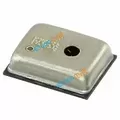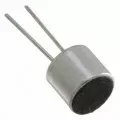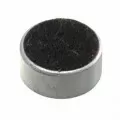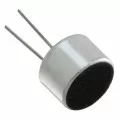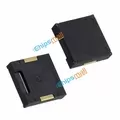OUTLINE:
Different Types of Microphones and How to Select Them: A Comprehensive Guide
 316
316Picking the correct microphone is important for getting the best sound quality in many situations. This guide discusses various microphones, such as dynamic, condenser, ribbon, and shotgun mics. It also gives advice on choosing the best microphone for your needs. It's important to know about microphone properties like polar patterns, frequency response, and sensitivity whether you're recording in a studio, at a live show, for a podcast, or in the field. By talking about these things and giving useful advice on choosing and using microphones, this guide hopes to give readers the tools they need to make smart choices when buying microphones for work or play.
Different Types of Microphones
Dynamic Microphones
Because they are strong and can be used in many situations, dynamic mics are one of the most common types of microphones. They turn sound waves into electrical signals through a diaphragm and a coil of wire hanging in a magnetic field. The diaphragm shakes when sound waves hit it. This moves the coil within the magnetic field and creates an electric current. Dynamic microphones are known for being tough and long-lasting. They can handle high sound pressure levels, which makes them perfect for live shows, podcasting, and recording vocals and instruments. Because they can handle rough handling and work well in various settings, they are essential in both business and home audio setups.
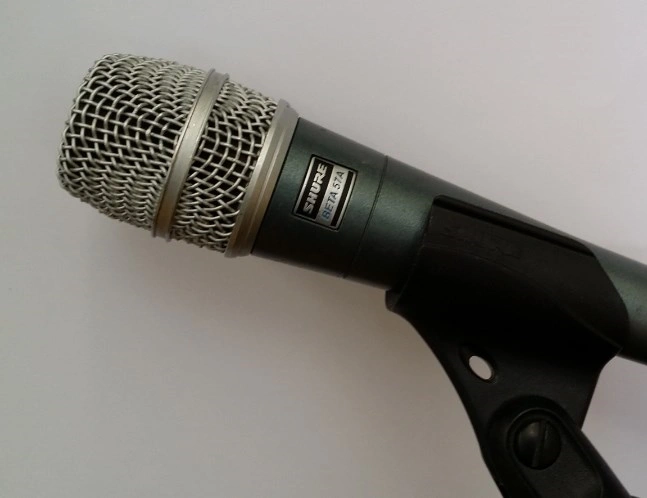
Condenser Microphones
Condenser microphones, sometimes called capacitor microphones, are famous for reproducing sound accurately and with great clarity. A capacitor is made up of a thin diaphragm and a solid backplate. The distance between the diaphragm and the backplate changes when sound waves hit it. This causes the capacitance to change. After this change, it is turned into an electrical signal. Because they are very sensitive and can pick up on small details, condenser mics are best for studio recordings, podcasting, and picking up soft sounds. However, they need an outside power source called "phantom power" to work. Because of this, they are more sensitive to handling noise and environmental factors, so they need to be recorded in a controlled setting for the best results.
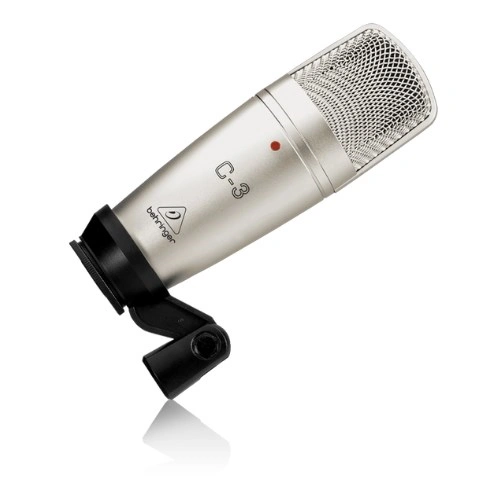
Ribbon Microphones
Like the diaphragm, the ribbon microphones consist of a thin, tape-corrugated metallic ribbon placed in the magnetic field. A sound wave travels through the air and strikes the ribbon which in turn moves and creates an electrical current. Although popular in recording vocals, acoustic instruments, and brass instruments, ribbon microphones are lauded for their warm vintage sound. Their design allows them to accept sound in front and back and reject sound on both sides as they record sound in the figure-eight format. However, for these to be used, the types are more fragile than dynamic and condenser microphones and, therefore, require caution when handling. Modern ribbon microphones are progressively robust; nevertheless, their tone is frequently preferred by many audio professionals.
Lavalier Microphones
Often worn on speakers or performers' clothing, lavalier microphones—also known as lapel microphones—are small, covert devices. In broadcast journalism, public speaking, and presenting environments, their omnidirectional pickup pattern helps them record sound from all angles, rendering them indispensable. Designed for mobility and convenience, lavalier microphones allow speakers to move naturally, free from the limitations of handheld or stand-mounted mics. Their modest scale and discrete form guarantee low visibility, improving the wearer's comfort and appearance. Their adaptability makes them preferred instruments when keeping a professional look, and free movement is most important. Lavalier mics provide clear, understandable audio, whether used for a keynote speech, field interviews, or onstage presentation, enabling speakers to concentrate on their message without microphone handling issues.
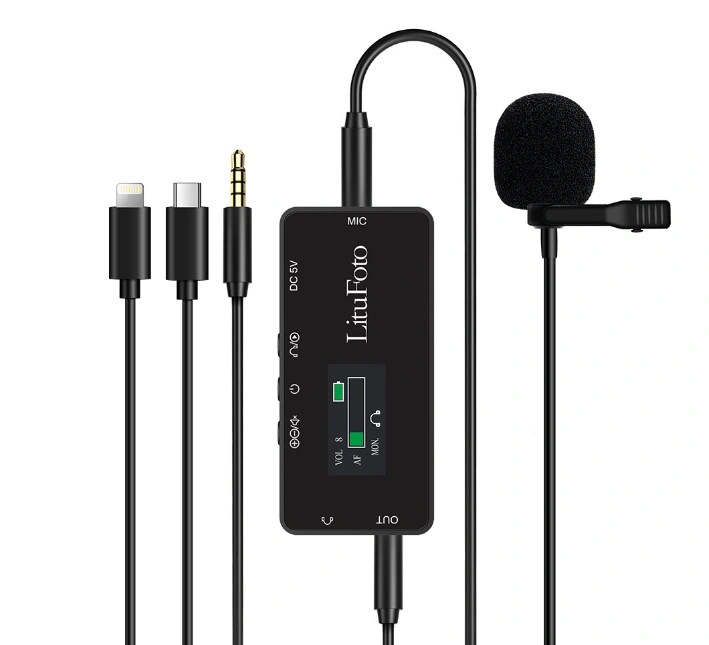
Shotgun Microphones
Shotgun microphones are highly directional microphones used to record sound from a designated area and are designed to reject noise from the sides and rear efficiently. In film and television production and outdoor recording environments, isolating a specific sound source from ambient noise is essential, and their special capacity makes them vital. Shotgun microphones are ideal for recording dialogue and sound effects in loud surroundings. They have a long, thin shape, high directionality, and off-axis rejection. Shotgun microphones' exact pickup pattern guarantees that desired audio is recorded with extraordinary clarity, even from a great distance. Broadcast pros, videographers, and sound engineers choose them because of their capacity to minimize background noise by focusing on sound within a limited area, producing clear, professional-quality audio recordings.
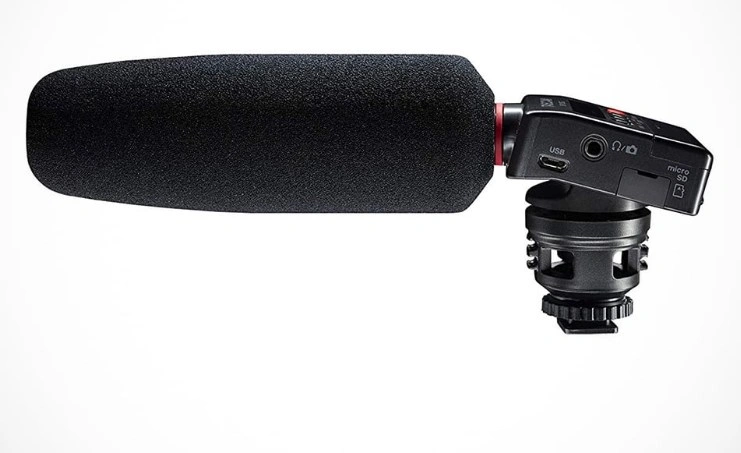
Boundary Microphones
Boundary microphones, or surface-mount or PZM (Pressure Zone Microphone), are painstakingly built to capture the best sound on level surfaces like walls or tables. These microphones improve low-frequency response and provide quite lifelike recordings by using the pressure zone effect. Widely used in conference rooms, boardrooms, live sound reinforcement, and other environments, they offer a covert way to record sound. Their special design helps even pickup over a large area, which makes them very useful for smoothly capturing group talks and ambient sounds. Boundary microphones stand out for their ability to mix into the surroundings and provide high-quality sound reproduction with clarity and accuracy, whether used to improve cooperation in meetings or guarantee excellent audio in presentations.
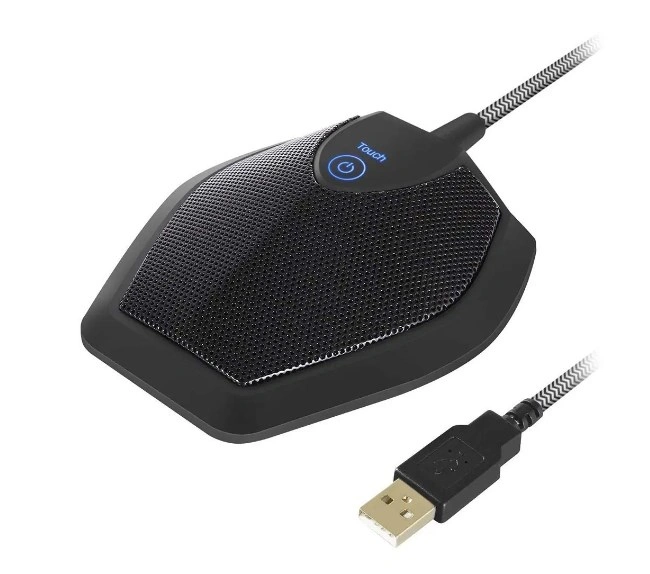
Wireless Microphones
Since they are wireless microphones, signals can be sent without cables without concerns. They are mostly employed in live performances, presentations, and other events where the speakers cannot be confined and hence require flexibility. Wireless mics are Headworn mics, clip mics, and lavalier microphones. They operate by sending the signals to a similar device; this other device receives the necessary signals and interprets the sound. This one alone allows artists and speakers to engage with the audience in many ways as it is not fixed with cables. These mics have become more dependable, and their sound quality has been enhanced due to the advancement in wireless technology, which has become a standard in sound systems.
Headset Microphones
Headset mics are made to be worn on the head so the microphone is close to the user's mouth for maximum performance. Like in games, podcasts, and live streaming, hands-free operation is crucial; hence, this design is useful. Headset microphones are known for being able to record vocals clearly and accurately. They also let users move around while still keeping the sound clear. Because the microphone is close to the mouth, the sound quality stays the same no matter how the person moves. This consistency is very important in settings that change quickly, where the speaker might be doing things or moving around, which would make the sound quality worse with a regular microphone. Headset microphones are a popular choice among professionals and gamers alike because they reliably reproduce sound, whether broadcasting live games, holding a podcast, or talking to people in virtual meetings.
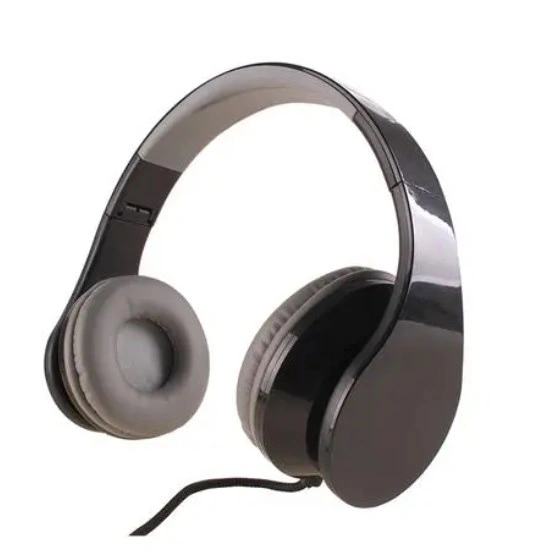
Parabolic Microphones
Provided that sound waves are reflected by the parabolic mirror to the microphone's diaphragm, parabolic microphones are very specific tools for recording sound. Such a design allows them to have excellent tuning towards a particular direction, and the sound sources far away can be captured equally well. Parabolic microphones are good when one needs to isolate certain sounds from other sounds that may be present around. These are frequently embedded in sports telecasts, in nature programs, and in watching the physical surroundings. Essentially, the parabolic reflector holds great importance regarding the sound waves that enter because it amplifies and concentrates them. It enables the microphone to gain sound from a distance without the sound weakening. Parabolic microphones are actually quite useful in loud environments or large settings.
Piezo Microphones
Piezo microphones, sometimes called contact microphones, pick up sound by feeling how something moves on the surface. A popular way to record the sound of an instrument is to put the microphone right on it, like with a guitar, drums, or percussion. Piezo microphones are known to pick up on an instrument's finer details and resonances, giving it a unique and full sound. When getting the real sound of an instrument is important, like when recording or amplifying live sound, these work great. They are made in a way that lets them pick up vibrations with little interference from other sounds. This makes them great for recording clear sounds.
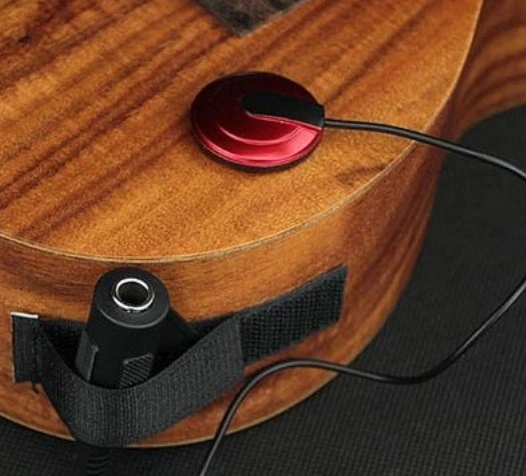
How to Select the Right Microphone
Selecting the appropriate microphone requires careful consideration of a few key factors to ensure it meets your needs, surroundings, and budget. These are some crucial considerations for you while deciding what to do.
Identify Your Needs
Initialize by describing the microphone's main function. Are you recording voices, instruments, or environmental sounds? For precise studio recording or live shows in lively places? Knowing these details will help you narrow down the best model for your needs.
Consider the Pickup Pattern
Microphones come with various pickup patterns, each suited to different recording scenarios:
Cardioid: Ideal for capturing sound primarily from the front, making it perfect for vocals and solo instruments.
Omnidirectional: Captures sound evenly from all directions, suitable for recording room ambiance or group performances.
Bidirectional (Figure-Eight): Picks up sound from the front and back, useful for interviews or recording two sound sources simultaneously.
Supercardioid/Hypercardioid: More directional than cardioid, excellent for isolating sound sources in noisy environments.
Assess the Recording Environment
The place where you'll be recording has a big impact on the microphone you choose. Due to their directional properties, dynamic or shotgun microphones work best in untreated or noisy settings. When recording in a controlled studio setting, condenser microphones are best for picking up small details and subtleties of acts.
Budget Considerations
There are a lot of different price ranges for microphones, from cheap ones to high-end ones used by professionals. It is important to consider your income, the microphone's features, and what you want to use it for. One example is the Audio-Technica AT2020, an entry-level condenser microphone that performs very well at a low cost.
Test and Compare
If you can, try out different mics in the real place where you'll be recording. Many music shops and studios let you test things out by playing them. Pay close attention to the details and general sound quality of how each microphone picks up your voice or instrument. Pick the microphone that works best for you and your audio needs.
Read Reviews and Seek Recommendations
Reading online reviews and talking to experienced audio workers can help you learn much about how well and reliably a microphone works. You can read in-depth reviews and talks about different microphone models on websites like Sound On Sound and forums like Gearslutz. This will help you make an educated choice.
Future-Proof Your Investment
Consider how the need for recording may vary in the future. Can you see any situations in which the recording will be needed? When choosing a microphone, it would be wise to buy one that can suit any recording ordeal the user will find himself in; hence, it will last longer than usual while giving the full worth of the money paid for it. For example, the Shure SM7B and some other excellent material dynamic microphones can' catch' vocals and instruments.
Following these guidelines and considering these issues will help you select a microphone that meets your requirements, enhances your recording quality, and supports your projects.
Conclusion
To get the best results in some circumstances, selecting the proper microphone from different types of microphones is key. Dynamic microphones and condenser microphones are suited for different circumstances, as well as ribbons, shotguns, and other sorts of mics, such as the lavalier and the parabolic mics. People can select better recording experiences depending on patterns, sensitivity, and how microphones perform in various environments. With the right microphone, the clarity increases the fidelity and the total sound produced to ensure that each voice, each instrument, and each background sound one wants to capture is captured as desired and to the fullest extent possible. This is the case regardless of whether the work is done in a studio or on location for live performances, podcasts, and field recordings.
After learning so much about the different types of microphones, if you want to know more about the internal components or even the idea of DIYing it yourself, you can move to another article and it will tell you the details.

Disclaimer: The views and opinions expressed by individual authors or forum participants on this website do not represent the views and opinions of Chipsmall, nor do they represent Chipsmall's official policy.

share this blog to:


